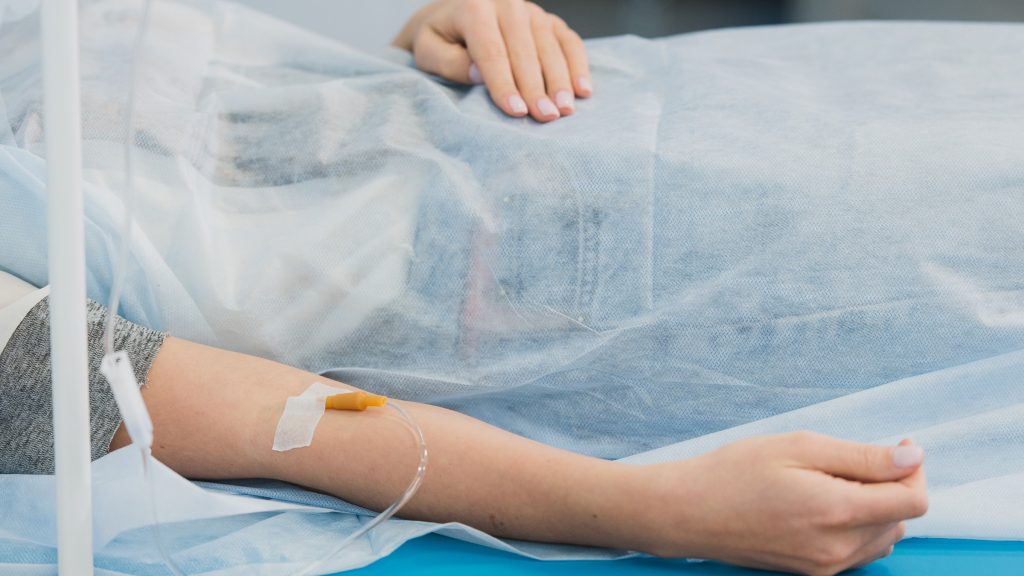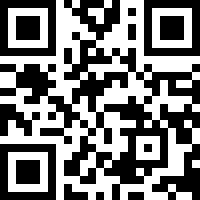As counterfeit medications continue to increase in frequency across the US and the world in the drug market, we need to look deeply into how and why these medications are causing harm. You may think this is only for recreational drugs, but counterfeit medications are not limited to illegal drugs and include lifesaving cancer, malaria, and HIV medications that people need, badly.
When you think of counterfeit or knock-off goods, most people think of fake designer handbags, pirated music, or counterfeit jewelry. It can make some people think that counterfeiting is a generally victimless or harmless crime. The truth is that the world of fake or counterfeit goods happens in almost every industry and the Department of Homeland Security states, “counterfeit and pirated goods pose a serious threat to America’s economic vitality, the health and safety of American consumers, and our critical infrastructure and national security.”
But, taking the wrong drug or wrong dosage or a placebo truly puts lives at risk. And the risk of fake medications can actually be severe injury or even death. It is truly a public health issue worldwide. Fake medications not only steal money from people in good faith, damaging the economy, but also lead to health issues that the correct medications would have been helping.
One example of counterfeit medications impacting someone is a patient (name withheld) who was receiving injections for anemia immediately following a major surgery of a liver transplant. After a full eight weeks of treatment, the patient had not improved and wasn’t responding at all to the treatment. The physicians and facility ended up doing some testing and found the medication they were injecting into the patient was counterfeit and not working. Another example, this one particularly serious, involved counterfeit versions of bevacizumab (brand name: Altuzan), which is a medication specifically for fighting cancer. Roche, Altuzan’s manufacturer, had to notify physicians in February 2012 that a counterfeit version of bevacizumab contained salt and starch, but not the active component of the drug. Meaning it was effectively useless and may even have actively harmed people.
It is not just drugs that lack all efficacy, either. Much worse has been found in fake medications. INTERPOL reported that rat poison had been found in some medications and Pfizer’s head of global security in the Americas said that floor wax been found in seized fake medications.
An example of this danger took place in the United States in 2008, with the blood thinner medication heparin. The active ingredient was replaced with a cheaper substance which caused patients to have adverse reactions and resulted in a nationwide recall of heparin. Heparin, which turned out to have a counterfeit active ingredient come from China, was suspected to be the cause of as many as 81 deaths! The U.S. company who sold that counterfeit heparin was subject to 740 lawsuits and they eventually sold the division which produced the medicine in the first place.
Nearly a third (32.1%) of reported counterfeits contained no active ingredient, according to an analysis done by the World Health Organization in 2000. Another 20.2% had incorrect quantities of active ingredients; 21.4% contained the wrong ingredients; 15.6% had the correct ingredients, but fake packaging; 8.5% contained high levels of impurities; and just 1% were copies of an original product.
The National Institute of Health published a study entitled “The Health and Economic Effects of Counterfeit Drugs” which concludes, unequivocally, “Counterfeit drugs pose a public health hazard, waste consumer income, and reduce the incentive to engage in research and development and innovation. Stronger state licensure supervision of drug suppliers would be helpful. Technological approaches, such as the Radio Frequency Identification devices, should also be considered. Finally, counterfeit drugs may raise concerns among consumers about safety and reduce patient medication adherence.”


